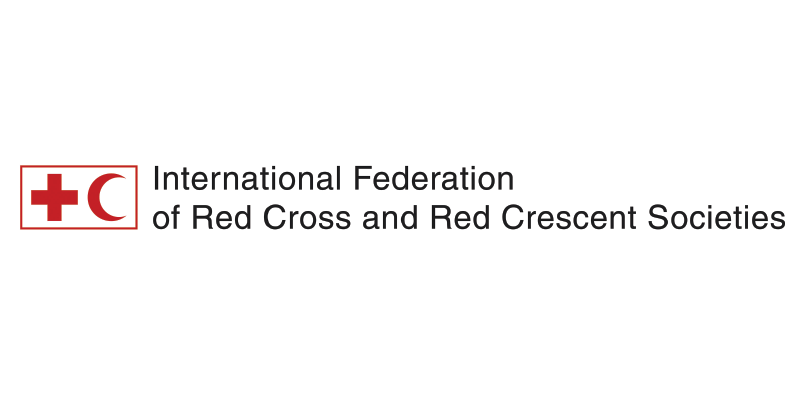Myanmar, Asia Pacific: Complex Emergency – Emergency Appeal N° MDRMM016 – Revised Operational Strategy

SITUATION OVERVIEW
The people of Myanmar are dealing with an evolving humanitarian crisis where humanitarian needs have continued to escalate since the third wave of COVID-19 in 2021 and the ongoing political unrest since Myanmar’s military intervention on 1 February 2021.
The country is now entering the second year of this crisis, where ongoing inter-factional tensions have fueled its complexity and multi-dimensional characteristics. The Civil Disobedience Movement (CDM) continues to be supported by many in Myanmar, impacting public services, including health, schools, and government administrations in states and regions across the country.
Clashes and targeted attacks between various armed actors, including the People’s Defence Forces (PDFs), ethnic armed organizations (EAOs), and the Myanmar Armed Forces (MAF), continue and have intensified in several states/regions. Simmering historical tensions exist across certain key states, and, in some locations, these tensions have become exacerbated as a consequence of military intervention. Numerous new forces have emerged, and several ethnic armed groups, established many years before the military intervention, have become increasingly recommitted to the insurgency resulting in fighting occurring in areas that have been without conflict for decades.
Some sources have recorded nearly 13,000 political violence and protest events throughout 2021. The degree of violence against civilians has been severe. The number of casualties has increased, while thousands of houses and the properties of other civilians have been burnt down or destroyed. This has triggered multiple large scale population displacements. As of 28 February 2022, roughly 873,000 people have been internally displaced in Myanmar. About 502,600 people have been displaced by insecurity and the increased vulnerability of host and resident communities in affected areas since 1 February 2021. The northwest part of Myanmar (Sagaing, Magway and Chin) has recorded the highest level of new internal displacements, with 246,600 internally displaced persons (IDPs) (49 per cent), followed by the southeast part of Myanmar (Kayin, Kayah, and Shan) with 233,600 IDPs contributing 46.5 per cent. Displaced populations face significant challenges in access to basic needs and services, specifically, food, healthcare, shelter materials, clean water, and sanitation facilities.
Myanmar is also experiencing a socio-economic crisis exacerbated by the protracted COVID-19 epidemic. The local currency, the Kyat, has fluctuated with a significant drop in value by 60 per cent7 in the month of September 2021, while costs for food items, fuel, and other essential goods have soared. In September 2021, inflation increased to 7.3 per cent. The International Labour Organization (ILO) estimates that in 2021, some 1.6 million jobs were lost, leaving only 18.9 million women and men employed. The farming, construction, garment, tourism, and hospitality industries are among the hardest hit. The economic and political volatility is projected to have driven almost half of the population into poverty in 2022.
The 2022 Humanitarian Needs Overview (HNO) for Myanmar , which was published on 31 December 2021, predicts that approximately a quarter of the population (14.4 million people – 4.9 million women and five million children) will be classified as requiring humanitarian support during 2022, up from about one million people in need before February 2021. This increase is driven by the social, economic and health impacts of COVID-19, worsening food insecurity, and the mass movement of the population since the events of 1 February 2021 and subsequent need for protection. These factors have generated an array of new needs and exacerbated the vulnerability of specific groups.
The HNO analysis estimated that 14 out of 15 states and regions in Myanmar are now within the critical threshold for acute malnutrition. Prices for key commodities in some states and regions have increased significantly, resulting in some food items no longer being affordable to many families. At the beginning of 2022, fuel prices increased by 14-18 per cent from the previous month. Compared to the pre-crisis period through to March 2022, fuel prices skyrocketed by 82-150 per cent , impacting transportation costs and contributing to unpredictable commodity prices.
Humanitarian access to reach conflict-affected populations remains a major challenge for the Myanmar Red Cross Society (MRCS) and other humanitarian organizations. Travel restrictions are currently in place due to the security context, military checkpoints, stringent administrative authorization requirements, and COVID-19 regulations.
This has impacted the distribution of humanitarian resources, direct support from personnel and disrupted monitoring and evaluation activities, including data collection and verification. Several private companies have withdrawn and/or halted services in Myanmar, which has impacted transportation, the supply chain, and costs, eventually delaying humanitarian assistance from reaching those most in need.
With continuous dialogue and advocacy efforts with all stakeholders and state administrators, the MRCS gradually secured safe access to wider vulnerable populations. This engagement is based on autonomous Red Cross Red Crescent-led needs assessments and a decision-making process that supports independent humanitarian action. The MRCS collaborates with both International Red Cross Red Crescent Movement (the Movement) and non-Movement partners, such as UN agencies, to deliver assistance to broader geographic areas. The National Society remains flexible and adaptive to the dynamic operational context to reach the most vulnerable and affected populations whilst ensuring compliance with security protocols for mobilizing personnel.

